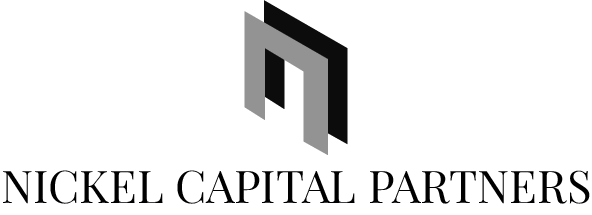Effective due diligence is critical to successful acquisitions. This article outlines best practices for conducting thorough due diligence, including key areas to focus on, common pitfalls to avoid, and strategies for ensuring comprehensive evaluations. By implementing these practices, investment funds can enhance their decision-making process and achieve better investment outcomes.
Key Insights:
- Comprehensive Evaluation: Techniques for assessing financial health, operational performance, and market position of target companies.
- Risk Mitigation: Strategies for identifying and addressing potential risks and red flags during the due diligence process.
- Collaboration and Communication: The importance of effective collaboration between advisory teams and investment funds for a successful due diligence process.
Introduction
Due diligence is a critical component of the investment process, serving as a comprehensive evaluation of a target company’s financial health, operational performance, and overall viability. Effective due diligence helps investment funds make informed decisions, mitigate risks, and achieve favorable investment outcomes. This article outlines best practices for conducting thorough due diligence.
1. Comprehensive Financial Assessment
Evaluating Financial Health
A detailed financial assessment is fundamental to understanding a target company’s economic stability and potential for growth. Key areas to focus on include:
- Financial Statements: Review audited financial statements, including income statements, balance sheets, and cash flow statements. Analyze trends, profitability, liquidity, and financial ratios to assess overall financial health.
- Revenue and Profitability: Examine revenue streams, profit margins, and cost structures. Identify any anomalies or inconsistencies that may indicate potential issues or opportunities for improvement.
- Debt and Liabilities: Assess the company’s debt levels, including outstanding loans and contingent liabilities. Evaluate the company’s ability to service its debt and manage financial obligations.
2. Operational and Market Analysis
Understanding Business Operations
Evaluating the operational efficiency and market position of a target company provides insights into its competitive advantage and growth potential. Consider the following:
- Operational Processes: Analyze key operational processes, including production, supply chain management, and customer service. Identify areas for improvement and potential cost-saving opportunities.
- Market Position: Assess the company’s market share, competitive landscape, and growth prospects. Review market trends, customer demographics, and industry dynamics to gauge the company’s positioning and potential for expansion.
- Management Team: Evaluate the experience, expertise, and track record of the management team. A strong and capable leadership team is crucial for driving business success and executing growth strategies.
3. Legal and Compliance Review
Ensuring Regulatory Compliance
A thorough legal and compliance review helps identify potential risks and liabilities associated with the target company. Key aspects to consider include:
- Legal Documentation: Review key legal documents, including contracts, agreements, and intellectual property rights. Ensure that all legal obligations and commitments are met.
- Regulatory Compliance: Assess the company’s compliance with relevant regulations, including environmental, health and safety, and industry-specific standards. Identify any potential legal or regulatory issues that could impact the investment.
- Litigation Risks: Investigate any ongoing or potential litigation involving the company. Evaluate the potential impact of legal disputes on the company’s operations and financial performance.
4. Risk Mitigation and Integration Planning
Managing Risks and Planning for Integration
Effective risk management and integration planning are essential for ensuring a smooth transition and maximizing the value of the investment. Consider the following:
- Risk Assessment: Identify and assess potential risks associated with the investment, including operational, financial, and market risks. Develop strategies for mitigating these risks and addressing potential challenges.
- Integration Strategy: Develop a comprehensive integration plan to ensure a seamless transition post-acquisition. Outline key milestones, responsibilities, and timelines for integrating the target company into the investment fund’s portfolio.
Conclusion
Conducting thorough due diligence is crucial for making informed investment decisions and achieving successful outcomes. By following best practices for financial assessment, operational analysis, legal review, and risk management, investment funds can enhance their due diligence process and position themselves for success.



